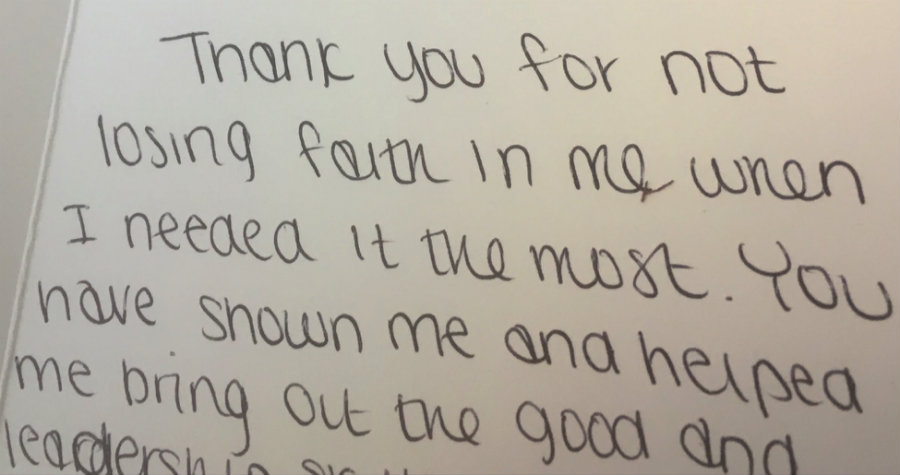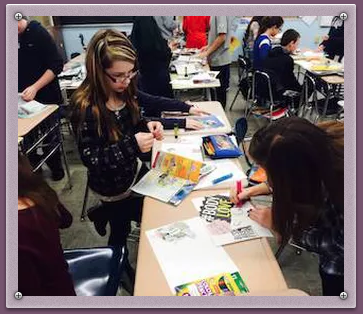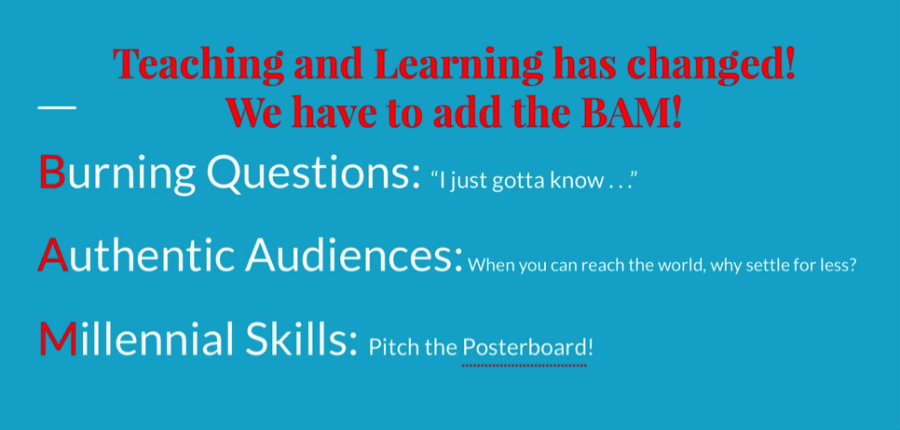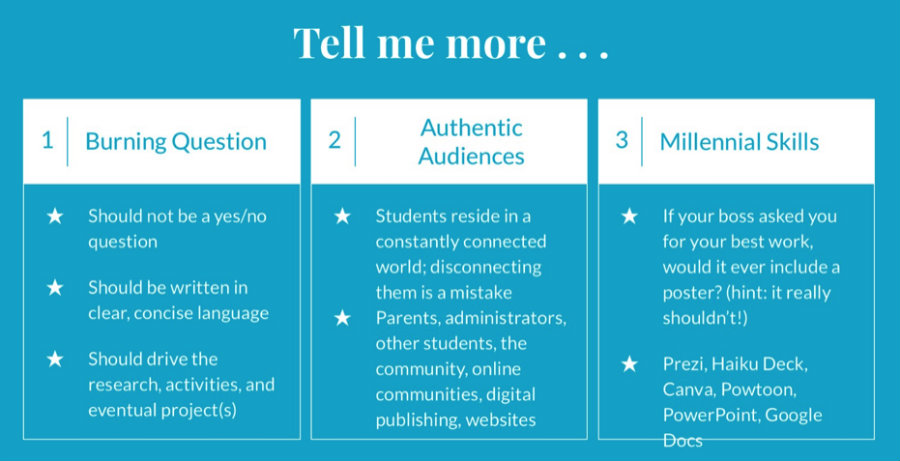3 Engaging Treatments for School ‘Spring Fever’
A MiddleWeb Blog
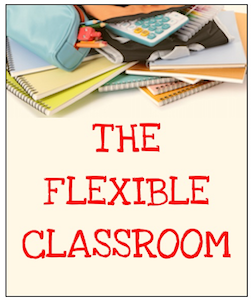 Spring Fever. Middle-school-itis. Whatever you want to call it, it’s when the snow melts, the days get longer, the temperatures get warmer, and students and teachers start to get antsy.
Spring Fever. Middle-school-itis. Whatever you want to call it, it’s when the snow melts, the days get longer, the temperatures get warmer, and students and teachers start to get antsy.
Throw in spring break and state assessments and the days start to feel more like marathons than the sprints they were in the fall. Remember trying to “fit it all in” back in September?
Now, many of us feel that time is slowing to a standstill. What can we do to make spring more productive and enjoyable while also saving our sanity? After 17 springs, I have a few ideas that might help, but please, by all means, send along your ideas in the comments!
Get outside
Teachers in every subject can find ways to incorporate some higher order thinking and fresh air into their curriculum. For me, an ELA teacher, this is obviously easy.
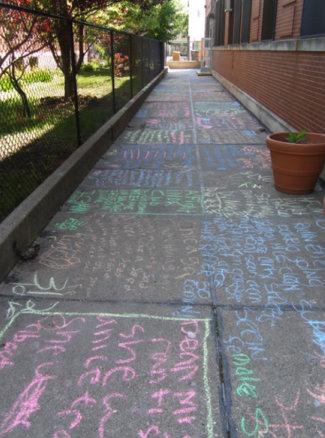
Science and social studies teachers can dabble with Place-Based-Learning (it’s a thing, really). GettingSmart.com has an excellent guide called “What is Place Based Learning and Why Does It Matter?” that will help teachers utilize their own specific physical setting.
Many teachers have been using these ideas for years, but it is always nice to be validated! Depending on your locale, mini-field trips, guest lecturers, and community projects can mix things up a bit for the end of the year.
Share gratitude
One of the things I really like to do with my 8th graders is to help them become more reflective. This isn’t easy when they are always living in the uber-present because of their FOMO (fear of missing out) obsession. However, I tap into the tiny bit of sentimentality and nostalgia they have, and students write thank you notes to some of the people who’ve made a difference in their middle school lives.
I help them think about teachers, but also some of the other unsung heroes of school. It is very important to me that students recognize the people who make school “work” for them.
This week I helped my daughter Zoey, a new middle schooler, think about who had helped her the most this year. Her answers are indicative of the middle school experience. She was especially thankful to a special education teacher who is a friend of mine who frequently helped her handle the minor emergencies of life – forgotten gym clothes, stressful tests, etc.
Zoey also included the school guidance counselor/secretary who had helped her with some locker issues. Her Home and Careers teacher taught her how to be organized and introduced her to new foods.
Gratitude and reflection is a powerful combination. Teachers receiving these notes have an added boost, and the students writing them are able to step outside of themselves, even for a minute, and recognize those who help them. Kidshealth.org shares the benefits of gratitude for students in kid-friendly language, so you can use this resource to introduce the concept, especially for younger students.
Passion Projects
Finally, my own favorite fever-breaker is to assign Passion Projects. I created this concept a few years ago to assuage my own boredom with the end of the year and to help my students stretch themselves.
Passion Projects can be rather simple, or, if you are like me, become ginormous endeavors. The simple version would be to facilitate students’ research on a topic they are interested in and perhaps write a paper or do a presentation.
My version takes up most of the end of the year:
✻ Students must read a non-fiction book of at least 100 pages on a topic of their choice.
✻ They will then write a book review.
✻ Then (passion alert) they design three projects about their topic, complete those, and upload it all to a website they create with Wix or similar software.
✻ Finally, they share their website with the class in a 10 minute presentation.
The reason I love this huge project for end of year is because students need autonomy when they are antsy. As soon as they begin these projects, I don’t have the same issues I’d have if we were trying to do a whole class novel (which I do twice, earlier in the year).
By setting students free upon a worthy assignment, one that connects with them on more than an academic level, the quality of learning is exponentially better. I call it adding BAM:
Last year, I had some really incredible Passion Projects. The premise we start with is that they have burning questions – something they really want to find out about their topic. They begin their research there and watch it evolve. For example, last year, Madison wanted to know how to have her own cupcake bakery.
For an overview of why Passion Projects work, take a look at this slideshow I created.
When we allow students the opportunity to “show what they know” after an authentic experience of investigating, we can cure (or at least treat) spring fever!
Please share some of your sanity-saving spring activities in the comments section.
Amber Chandler teaches 8th grade ELA at Frontier Middle School along with courses at Canisius College. In addition, she is an NBCT and a trainer who leads workshops and blogs for ShareMyLesson, AMLE and AFT. She serves as president of the Frontier Central Teachers’ Association. Amber was the AMLE 2018 Educator of the Year and a finalist for New York State 2022 Teacher of the Year. Her Flexible Classroom articles for MiddleWeb are here.
Amber is the author of Everything New Teachers Need to Know But Are Afraid to Ask: An Honest Guide to the Nuts and Bolts of Your First Job (Routledge, 2023), Her other books include The Flexible ELA Classroom: Practical Tools for Differentiated Instruction in Grades 4-8 (Routledge, 2017); The Flexible SEL Classroom: Practical Ways to Build Social Emotional Learning, 2nd edition (Routledge, 2022), and Movie Magic in the Classroom: Ready-to-Use Guide for Teaching SEL (Routledge, 2022)

